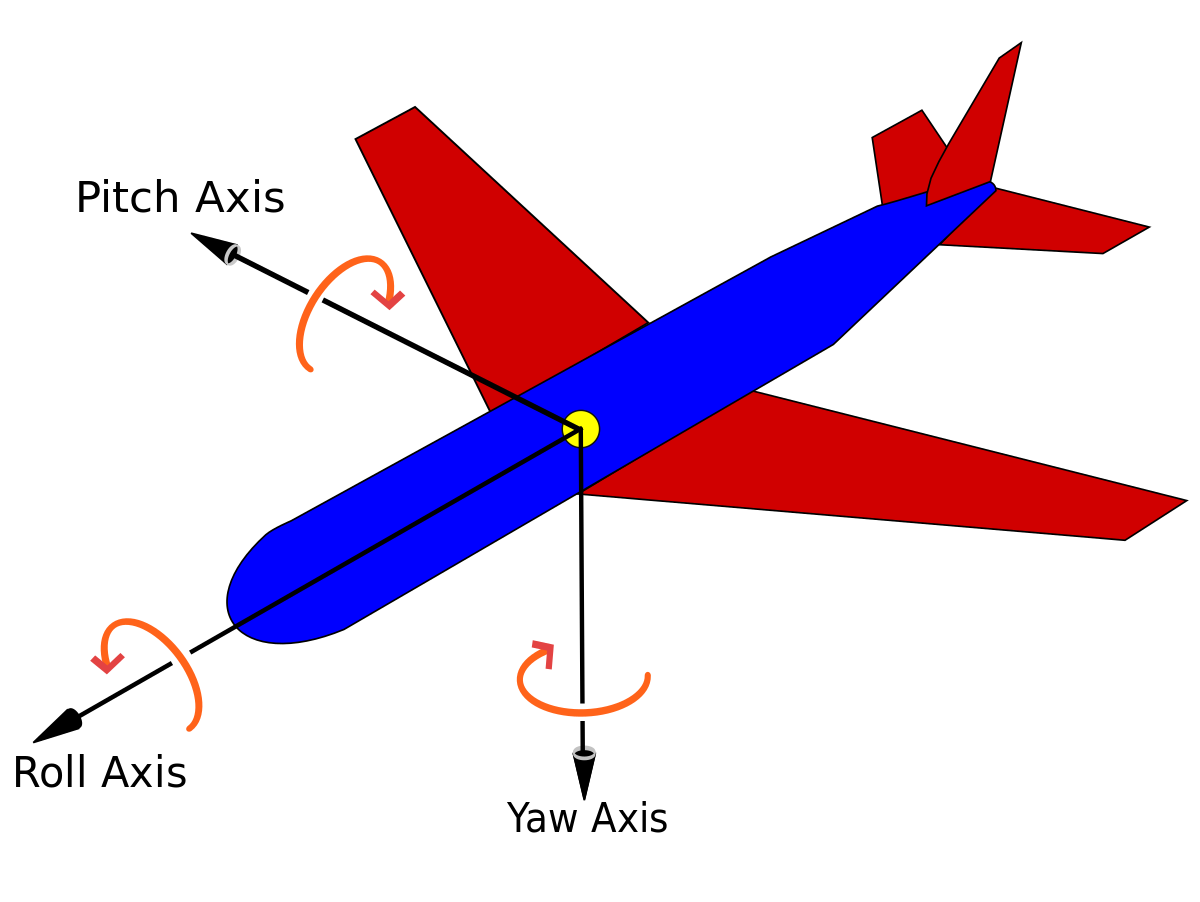Def Aircraft - The new DEFKIT, distributed by Gammon Technical Products, will provide users with a simple and quick way to test whether the fuel system anti-icing inhibitor to be added to an aircraft is contaminated with diesel exhaust fluid. (Photo: Gammon Technical Products)
Following several high-profile incidents of commercial aircraft fuel systems being contaminated with diesel exhaust fluid (DEF), aviation fuel handling and test equipment provider Gammon Technical Products (GTP) is now distributing a field test kit for DEF detection. Fuel system icing inhibitor (FSII). The new DEFKIT, developed by fuel testing equipment manufacturer Emcee Electronics, can detect DEF contamination concentrations down to 2 percent in the FSII.
Def Aircraft

According to the GTP, the test requires no special training or equipment and is recommended after filling the FSII tank on every aviation refueler.
Ei Def Aer Lingus Airbus A320 214 Photo By Marcello Montagna @spotter_napoli
DEF and FSII are both colorless liquids and have been mistaken for the former with near-catastrophic results. In the event of a failed DEFKIT test, the GTP notes that the reservoir, all additive injection systems, and downstream fueling equipment are considered contaminated. Also in this case additive fueled airplanes should be considered grounded at least until they are determined to be airworthy, alerted, and safe to fly after the tank is filled.
"DEF contamination is 100 percent preventable with training and controls," said Michael France, NATA's managing director of safety and training, who is working with members to raise awareness of this new kit. "DEFKIT... adds an extra layer of protection to ensure we don't have another contamination event."
NATA currently provides a free operating guide for DEF handling and contamination prevention through its Safety 1 program, and a spokesperson told AIN that the organization has not revised its best operating practices or training to include the use of the test kit, but additional said that work.. Its security committee is evaluating future changes to its training and programs. While every effort is made to follow the citation style guidelines, some inconsistencies may occur. If you have any questions, consult the appropriate style guide or other resources.
An airplane, also called an airplane or aeroplane, is any fixed-wing aircraft that is heavier than air, propelled by a screw propeller or high-speed jet, and supported by the dynamic reaction of the air against the wings. For information on the development of the airplane and the advent of civil aviation
More Fuel, Fewer Passengers In Latest Qantas Move
The main components of an aircraft are a wing system to keep it in flight, tail surfaces to stabilize the wings, moving surfaces to control the aircraft's position during flight, and a power plant to provide the propulsion needed to propel the vehicle. wind Provisions must be made to support the aircraft when resting on the ground, during take-off and landing. Most aircraft have an enclosed fuselage (fuselage) to hold crew, passengers and cargo. The cockpit is the area where the pilot operates the controls and instruments to control the aircraft.
There are four forces on an airplane in straight and level unaccelerated flight. (Additional forces come into play during turning, diving, or climbing flight.) These forces are lift, an upward force; Drag, the retarding force of resistance to drag and lift of an aircraft; Weight, the effect of gravity on the aircraft; and thrust, the forward-moving force provided by the propulsion system (or, in unpowered aircraft, using gravity to convert altitude to speed). Friction and weight are inherent elements of any object, including an airplane. Lift and thrust are man-made elements that allow an airplane to fly.
To understand lift, one must first understand the airfoil, a structure designed to receive feedback from the air it moves across. Early airfoils usually had a slightly curved upper surface and a flat lower surface. Over the years, weatherboards have been adapted to meet changing needs. Until the 1920s, airfoils generally had a rounded top surface, with the greatest height reaching the first third (width) of the chord. Over time, both the upper and lower surfaces rotated to a greater or lesser degree, and the thickest part of the wing gradually receded. As the airspeed increased, there was a need for a smoother passage of air over the surface, which was achieved in laminar flow airfoils, where the camber was much further back than dictated by modern practice. Supersonic aircraft require more drastic changes in wing shapes, some of which lose the roundness previously associated with wings and have a double wedge shape.

Moving forward in the air, the wingtip receives useful feedback for flight from the air passing over the wing surface. (In flight, a winged airfoil usually produces the most lift, but propellers, tail surfaces, and fuselage also act as airfoils and produce varying amounts of lift.) In the 18th century, the Swiss mathematician Daniel Bernoulli discovered that if at a certain point on an airfoil air pressure decreases as speed increases. Air flowing over the curved upper surface of an airfoil moves faster than air flowing over the lower surface, reducing the pressure above. The high pressure wing below pushes (overrides) the low pressure area. At the same time, air flowing under the wing is deflected downward, providing an equal and opposite Newtonian reaction and contributing to overall lift.
Military Terminology: Decoding Aircraft Designations
The lift created by an airfoil is also affected by its "angle of attack"—that is, its angle relative to the wind. Both lift and angle of attack can be quickly, crudely demonstrated by holding your hand out the window of a moving car. When the hand is flat in the air, more resistance is felt and less "lift" is created because there is a turbulent field behind the hand. The drag ratio of the elevator is low. When the hand is held parallel to the wind, there is very little drag and a moderate amount of lift is created, turbulence is eliminated and drag is a good lift ratio. However, if the arm is rotated slightly, its leading edge is raised at a higher angle of attack, lift production will increase. This favorable increase in lift-to-drag ratio will cause the arm to "fly" up and up. The greater the speed, the greater the lift and drag. Thus, the total lift is related to the shape of the wing, the angle of attack and the speed of the wing through the air.
It is the force that opposes weight lifting. Thus, designers try to make the plane as light as possible. Since all aircraft designs tend to gain weight during the development process, today's aerospace engineering staff has experts in weight control from the beginning of the design. In addition, pilots must control the total weight (passengers, fuel, and cargo) the aircraft is allowed to carry, both in amount and location. Weight distribution (ie, control of the aircraft's center of gravity) is as important aerodynamically as the amount of weight.
The forward force opposes drag because lift opposes weight. Drag force is obtained by accelerating the surrounding air mass at a speed greater than the speed of the aircraft; An equal and opposite reaction is to move the aircraft forward. In a piston or turboprop aircraft, thrust is generated by the propulsive force generated by the rotation of the propeller, with the rest of the thrust provided by the exhaust. In a jet engine, thrust is obtained from the propulsive force of the rotating blades of a turbine that compresses air, which is then expanded by the combustion of fuel from the engine. In a rocket-powered aircraft, thrust is obtained from the equal and opposite reaction of the combustion of rocket fuel. In a sail, altitude gained by mechanical, orographic, or thermal methods is converted to speed by gravity.
It is a drag with two elements that resist friction. Parasitic friction is caused by form resistance (by size), skin friction, interference, and all other elements that do not contribute to lift; Induced drag is caused by the generation of lift.
Def Field Test Kit Now Available For Aircraft Fuelers
Parasitic drag increases as airspeed increases. For most flights, it is desirable to minimize all drag, and for this reason, great care is taken to simplify the appearance of the aircraft by removing as much drag-causing structure as possible (e.g. cockpit canopy, retract). landing gear, flat riveting and painting and polishing of surfaces). Some of the less obvious elements of friction include relative motion and area
Aircraft, def nozzle, def delivery, def barrel, def wholesale, angioedema def, def, def suppliers, def dispensers, def jug, esg def, bookkeeping def
0 Comments